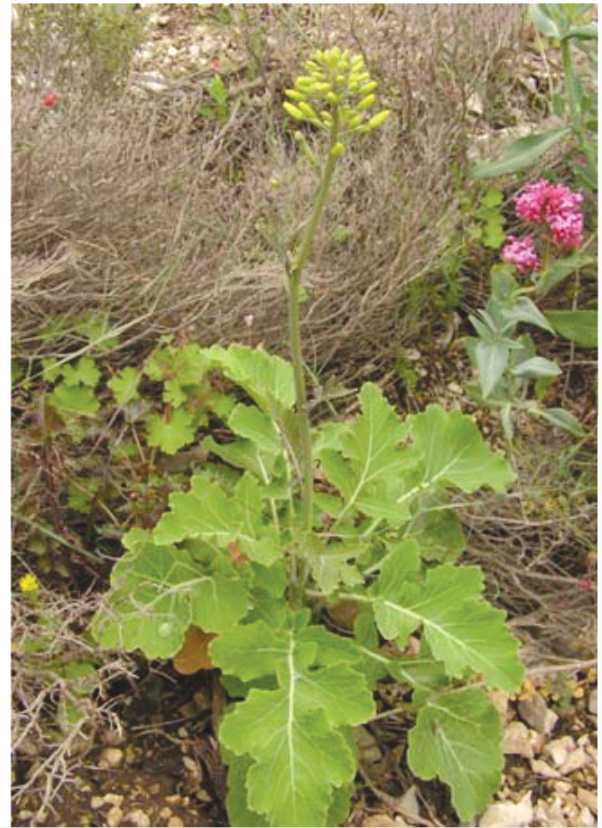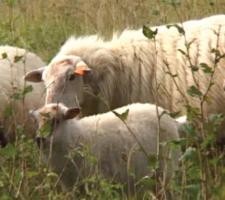
Biodiversity is the variety of all life and natural processes on earth, including diversity within species, between species and of ecosystems. But studies suggest that global biodiversity is in grave danger from habitat loss, invasive species, pollution, climate change and over-exploitation, according to a joint position paper on biodiversity from the European Minerals Day partnering organisations.
These include Cembureau (the European Cement Association); EuroMetaux (the European Association of Metals); Euromines (the European Association of Mining Industries, Metal Ores and Industrial Minerals); EuSalt (the European Salt Producers’ Association); European Technology Platform on Sustainable Mineral Resources; IMA-Europe (the European Industrial Minerals Association and EuroGeoSurveys (the Geological Surveys of Europe).
The paper says that governments worldwide have promised to halt biodiversity loss and restore degraded land, and they will need the help of all stakeholders, including businesses, to meet this challenge.
No net loss (NNL) refers to the application of a hierarchy of measures that should be applied to mitigate potential impacts on biodiversity: avoidance; minimisation; rehabilitation and offsetting.
“It has been described as a concept whereby conservation losses in one geographically or otherwise defined area are balanced by a gain elsewhere. The Non-Energy Extractive Industries Panel (NEEIP) is currently supporting the European Commission in its preparation of a European Union NNL initiative to be adopted in 2015.
The NEEIP is made up of the above organisations along with CEPMC (Council of European Producers of Materials for Construction); Cermaunie (European Ceramic Industry Association); Eurogypsum (European Manufacturers of Gypsum Products); Euroroc (European and International Federation of Natural Stone Industries); EXCA (European Expanded Clay Association) and UEPG (European Aggregates Association).
“While mineral raw materials play a vital and valuable role in human well-being, providing products that meet the needs of today’s society, the way they are extracted from the earth can have potential impacts on biodiversity. The minerals industry is well aware of this and of its responsibility to support biodiversity in and around its operations. The sector has a history of actively working towards biodiversity conservation and enhancement at its sites,” says the paper, published to coincide with the
As part of an event that ran from 24-26 May 2013 local communities and children explored the world of minerals at open day events at quarries, mines and plants across the EU. Indeed, in 2011, the event engaged around 30,000 children and adults at more than 180 sites in 32 countries, and placed a particular focus on biodiversity.
“Conserving biodiversity is part of the decision-making process for extractive sites, as well as a foundation of land restoration and water management policy. Biodiversity is taken into account before, during and after extraction and, in many cases its successful management leads to the creation of new natural habitats.
“Quarry operators work together with biodiversity specialists and in partnership with NGOs, government, communities and other stakeholders,” says the paper.
“A continuous flow of information between stakeholders on what has been done and what can be done is essential. In this regard, the European minerals industry remains in constant dialogue with European, national and local authorities. “By working together, it seeks the best possible solutions at local level.”
In operating their extractive sites, the European minerals sectors remain committed to actively promoting and exchanging good practices within the minerals sector through, for example, the collection and publication of biodiversity case studies; the organisation of awareness-raising events, such as the European Minerals Day; stakeholder debates and conferences and awards schemes.
It also investigates how the different actors within the minerals sector can join forces and develop a common approach on biodiversity through partnerships and alliances; enhance the understanding and awareness about biodiversity, and incorporate biodiversity considerations from a scientific perspective, for example by involving universities in restoration plans.
Natura 2000
“We depend on biodiversity for the food, energy, raw materials, air and water that make life possible and drive our economy. And we look to the natural environment for equally important things such as aesthetic pleasure, artistic inspiration and recreation,” says the European Commission.
“The EU is committed to the protection of biodiversity, and to halting biodiversity loss within the EU by 2020, and over the last 25 years it has built up a vast network of 26,000 protected areas in all the Member States and an area of more than 750,000km² or 18% of the EU’s land area.”
Known as Natura 2000, it is the largest network of protected areas in the world, and a testament to the importance that EU citizens attach to biodiversity. The legal basis for Natura 2000 comes from the Birds Directive and the Habitats Directive, which form the backbone of the EU’s internal biodiversity policy. But protected natural areas cannot thrive in isolation: to conserve Europe’s natural capital, then agriculture, energy and transport policies must be sustainable too.
Indeed, all major quarry operators and many smaller operators already embrace biodiversity as part of their planning, and examples are not hard to find.
Holcim Granulats Belgique’s 150 hectare quarry in Leffe, Dinant, is near a massive natural reserve zone called Devant-Bouvignes and has been classified as a Natura 2000 area since 2005.
As part of its commitment to improve the biodiversity at the quarries
“Its expertise enabled the carrying out of a project which included the reintroduction of sheep into the area, sponsored by the LIFE European project,” says the company.
“The sheep will preserve the quality of the limestone lawn. The trust granted to Natagora includes free use of the zone for 99 years.
“Today the calcareous ground vegetation of the Devant-Bouvignes area is one of the most remarkable in Belgium.”
At
“Of course, numerous other species, especially bird species, adapted to open habitats, and mammals such as hares and roe deer are benefiting from the measures,” says the company.
To create further optimal partridge habitats, along with other measures, four insular woodlands and grassland with fruit trees were planted in the quarry floor, and in between these woodlands, wild fields have been sown with a harmonised mixture of plants which meet the requirements of the partridge.
In September 2008, a total of 72 partridges derived from a German breeding were released, many directly into the quarry, and 20 young partridges are kept in aviaries to adapt to the new surroundings.
Many of the partridges moved to settle in the nearby nature protection area, and what led to the emigration remains unclear.
“Possibly, they felt disturbed by the ongoing operation in the quarry area. It is expected that the young animals, which are still kept in the aviaries will stay in the quarry area after the release, because they have already adapted to their habitat.”
In France, action has been taken by
“The study of fauna and flora in the context of the ecological monitoring of the Val d’Aren Quarry enabled a new flora species to be discovered: the Chou de Robert or Chou des Montagnes (Brassica montana Pourret),” says Lafarge Granulats Sud Est.
An ecological management system has been implemented by Lafarge Granulats Sud Est on most sites, increasing the knowledge of biodiversity in its quarries (on restored areas, deposit and areas around the quarries).
The results of this monitoring have been presented to a monitoring committee and to environmental associations and DIREN (Regional Directorate of the Environment).
A partnership with the Conservatoire Botanique de Porquerolles follows the evolution of the most original species, Ibéris à feuille de lin and Ophrys de Provence in Callas and Guêpier et Rollier d’Europe in Sénas, both southern France.
The research department in charge of the ecological monitoring launched a study to evaluate the vulnerability of the Chou de Robert protected species in the context of the extension of the quarry.
The study recommends actions to restore the site to enable natural re-colonisation through the Chou de Robert species, and is part of the activities contributing to the introduction of the site as a Gros Cerveau-classified site by DIREN.
The projected overall budget for restoration activities of natural environment and in particular for the preservation of the Chou de Robert species is €24,500 (before tax).










